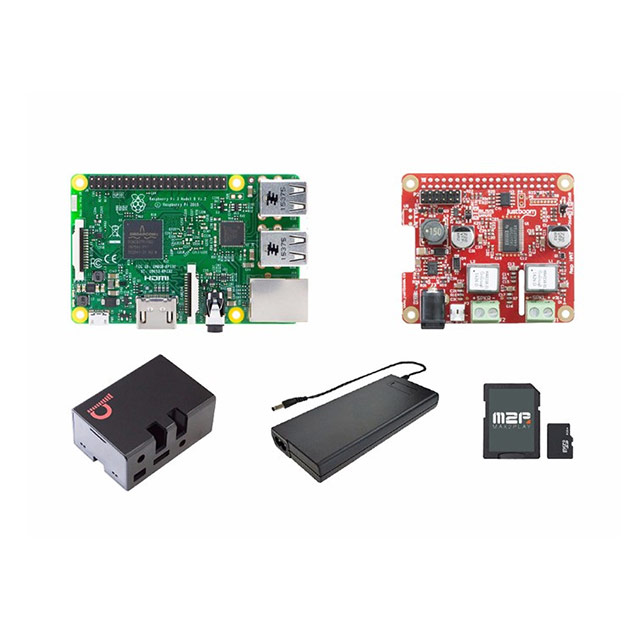JustBoom Series, Audio Amplifier Evaluation Boards
Results:
3
Manufacturer
Series
Voltage - Supply
Utilized IC / Part
Amplifier Type
Output Type
Max Output Power x Channels @ Load
Supplied Contents
Board Type
Results remaining:3
Applied Filters:
JustBoom
About Audio Amplifier Evaluation Boards
Evaluation boards for audio amplifiers are fully populated circuit boards designed to showcase the functionality and performance of specific analog amplifiers or devices. These boards provide engineers and developers with a practical working example of the amplifier, allowing them to evaluate its characteristics and suitability for various audio applications. There are different amplifier types featured on these evaluation boards, including Class AB, Class D, Class G, Class H, and Class K amplifiers. Each amplifier class has its unique operational characteristics, efficiency levels, and suitability for specific audio applications. Engineers can use these evaluation boards to assess the performance and behavior of different amplifier classes and determine which one best fits their requirements. Furthermore, the evaluation boards cater to a range of output types, accommodating various audio setups. These output types include headphone amplifiers for personal audio applications, single-channel (mono) amplifiers for dedicated audio channels, two-channel (stereo) amplifiers for stereo sound reproduction, three-channel, four-channel, six-channel, and eight-channel amplifiers for multi-channel audio systems. By providing a working example of the amplifier, these evaluation boards enable engineers to evaluate factors such as output power, distortion levels, frequency response, and signal-to-noise ratio. This information helps in selecting the most suitable amplifier for specific audio applications, ensuring optimal audio performance. In summary, audio amplifier evaluation boards offer engineers and developers a practical platform to evaluate the performance, features, and suitability of specific analog amplifiers. With different amplifier types and output configurations available, these boards facilitate informed decision-making and efficient integration of amplifiers into various audio systems and designs.



